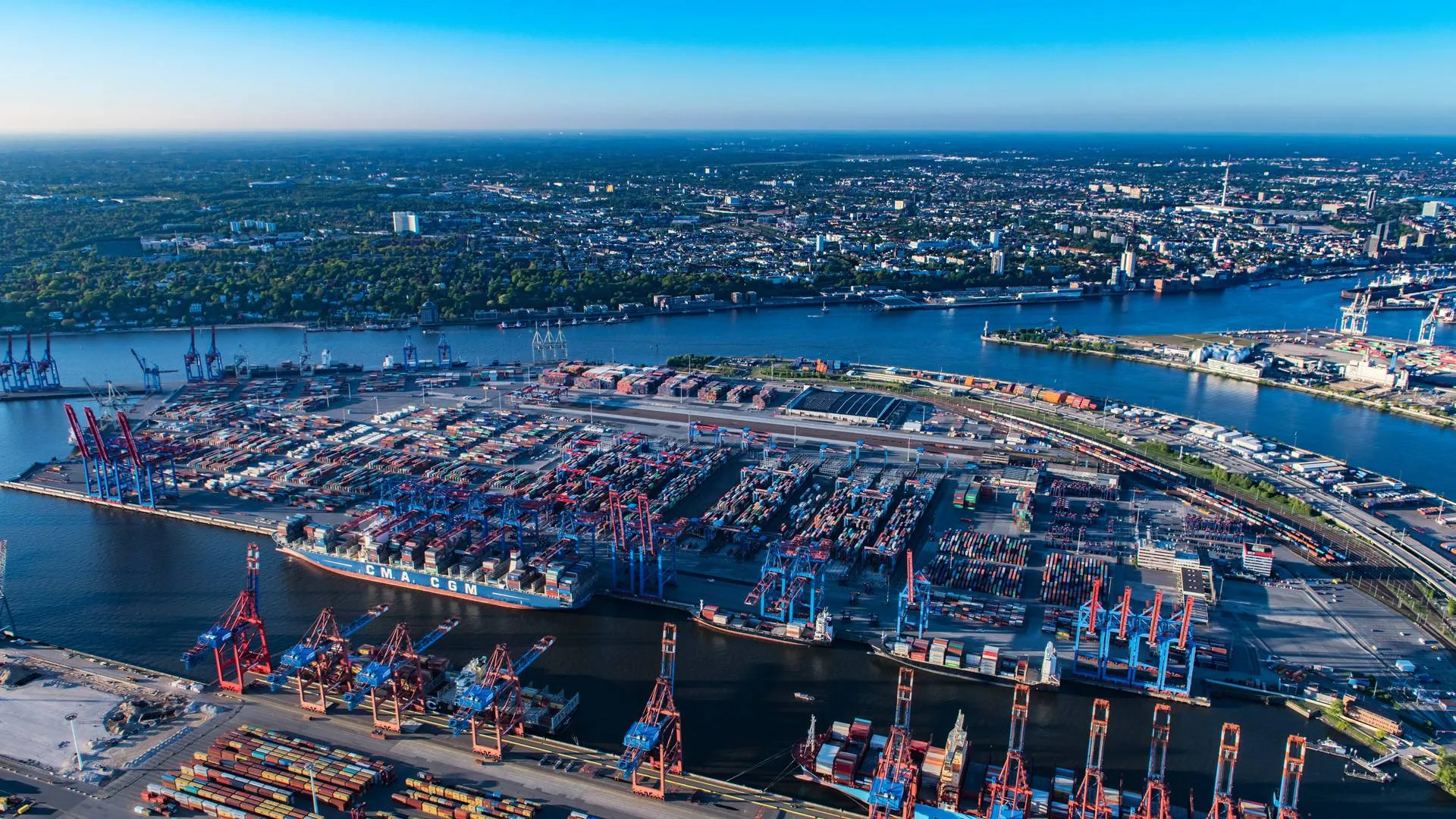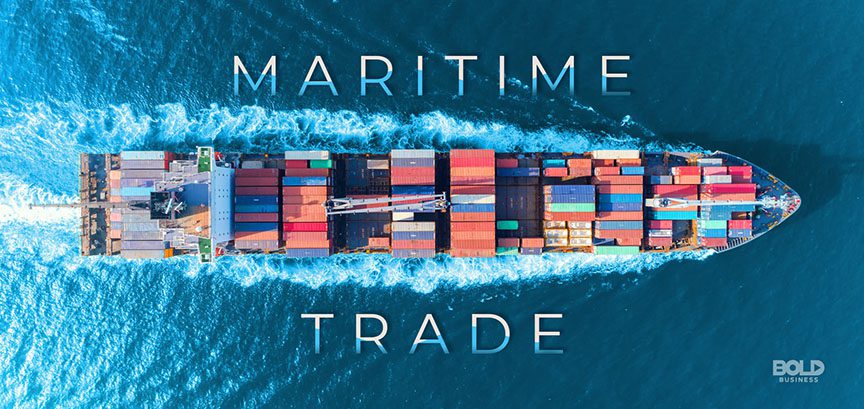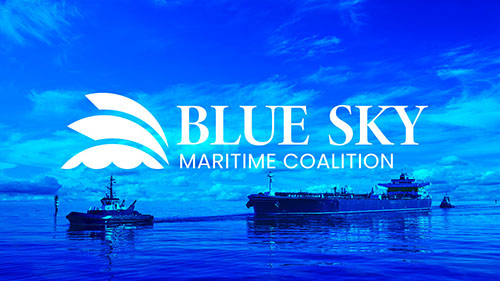Steelpaint has called for urgent action to address the significant environmental impact of steel corrosion, warning that inadequate corrosion protection is contributing more to global CO2 emissions than the entire aviation industry.
With the maritime industries consuming an estimated 100 million tonnes of steel annually, premature corrosion and subsequent steel renewal work is increasing carbon emissions dramatically, Klaus Müller, Managing Director, Steelpaint highlighted.
Addressing this issue through effective steel protection is an economical and environmental imperative. Every premature steel asset failure triggers a replacement cycle that indirectly undermines the industry’s decarbonization efforts.
Addressing this issue through effective steel protection is an economical and environmental imperative. Every premature steel asset failure triggers a replacement cycle that indirectly undermines the industry’s decarbonization efforts.
…said Müller.
Global demand for steel in 2024 was 1.8 billion tonnes and forecast to grow by 2.9% by 2030. The shipbuilding industry alone consumes 32.2 million tonnes per year, of which China, South Korea, and Japan use 88.3%.
Dmitry Gromilin, Steelpaint’s Chief Technical Supervisor, said: “By extending the lifespan of steel structures with effective corrosion prevention technology we have the potential to reduce emissions further. But the link between steel protection and carbon emissions has so far been overlooked.”
With mounting regulatory pressure and the shift toward decarbonisation, optimising the durability of steel structures does seem an important consideration if the industry is to meet the UN’s 17 Sustainability Goals.
Coatings technology is so far advanced that, if properly maintained, maritime structures can last for decades, not only reducing the frequency and costs associated with steel replacement but also leading to a substantial decrease in greenhouse gas emissions. Global CO2 emissions from steel production could be reduced up to 1.6 gigatons annually.
Coatings technology is so far advanced that, if properly maintained, maritime structures can last for decades, not only reducing the frequency and costs associated with steel replacement but also leading to a substantial decrease in greenhouse gas emissions. Global CO2 emissions from steel production could be reduced up to 1.6 gigatons annually.
…said Gromilin.
Recently, BSEE drew lessons learned from an incident of an explosion involving a gas pipeline, which was caused by severe external corrosion and resulted in significant damage to equipment and infrastructure, highlighting also the safety risks of steel corrosion.





